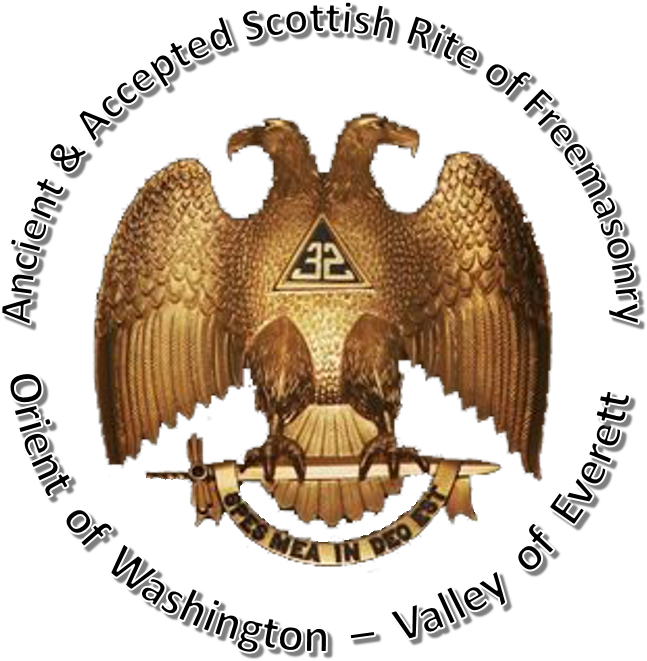
Scottish Rite of FreemasonryThe Ancient and Accepted Scottish Rite of Freemasonry, commonly known as simply the Scottish Rite, is one of several: A Rite is a progressive series of degrees conferred by various Masonic organizations or bodies, each of which operates under the control of its own central authority. In the Scottish Rite the central authority is called a Supreme Council. The Scottish Rite is one of the appendant bodies of Freemasonry that a Master Mason may join for further exposure to the principles of Freemasonry. It is also concordant, in that some of its degrees relate to the degrees of Symbolic (Craft) Freemasonry. In the United States, the Scottish Rite is officially recognized by Grand Lodges as an extension of the degrees of Freemasonry. The Scottish Rite builds upon the ethical teachings and philosophy offered in the Craft (or Blue) Lodge, through dramatic presentation of the individual degrees. |
The Scottish Rite CreedThe cause of human progress is our cause, the enfranchisement of human thought our supreme wish, the freedom of human conscience our mission, and the guarantee of equal rights to all peoples everywhere, the end of our contention. In the Southern Jurisdiction the Lodge of Perfection confers the Ineffable degrees from the 4th to the 14th; The Chapter of Rose Croix confers the Historical and Second Temple degrees, 15th and 16th, and the Religious degrees, I7th and I 8th; the Council of Kadosh confers the Chivalric and Philosophical degrees from 19th to the 30th inclusive, and the Consistory completes the series by conferring the Official degrees, 31st and 32nd. The Thirty-third Degree of the Rite differs from others in that for ¡t no one may ask; it must be given. In the Southern Jurisdiction a brother receives first the distinction of being named Knight Commander of the Court of Honor (KCCH). From those of this rank the Supreme Council chooses who may receive the 33rd, Inspector General Honors. The Scottish Rite is wholly non-sectarian. It is deeply religious in character, but ¡n the same sense that Symbolic Masonry is religious - it teaches religion, not a religion. The Scottish Rite is governed by a Supreme Council, just as a Symbolic Masonry is governed by a Grand Lodge. But the composition of a Supreme Council and a Grand I Lodge is wholly different. The Grand Lodge consists of the Masters and Wardens of Blue Lodges, and certain permanent members (Past Grand Masters, Grand Officers, in some Grand Jurisdictions Past Masters, etc.). Supreme Councils in this country are limited to thirty-three Active Members (Southern Jurisdiction which we belong). |
|---|